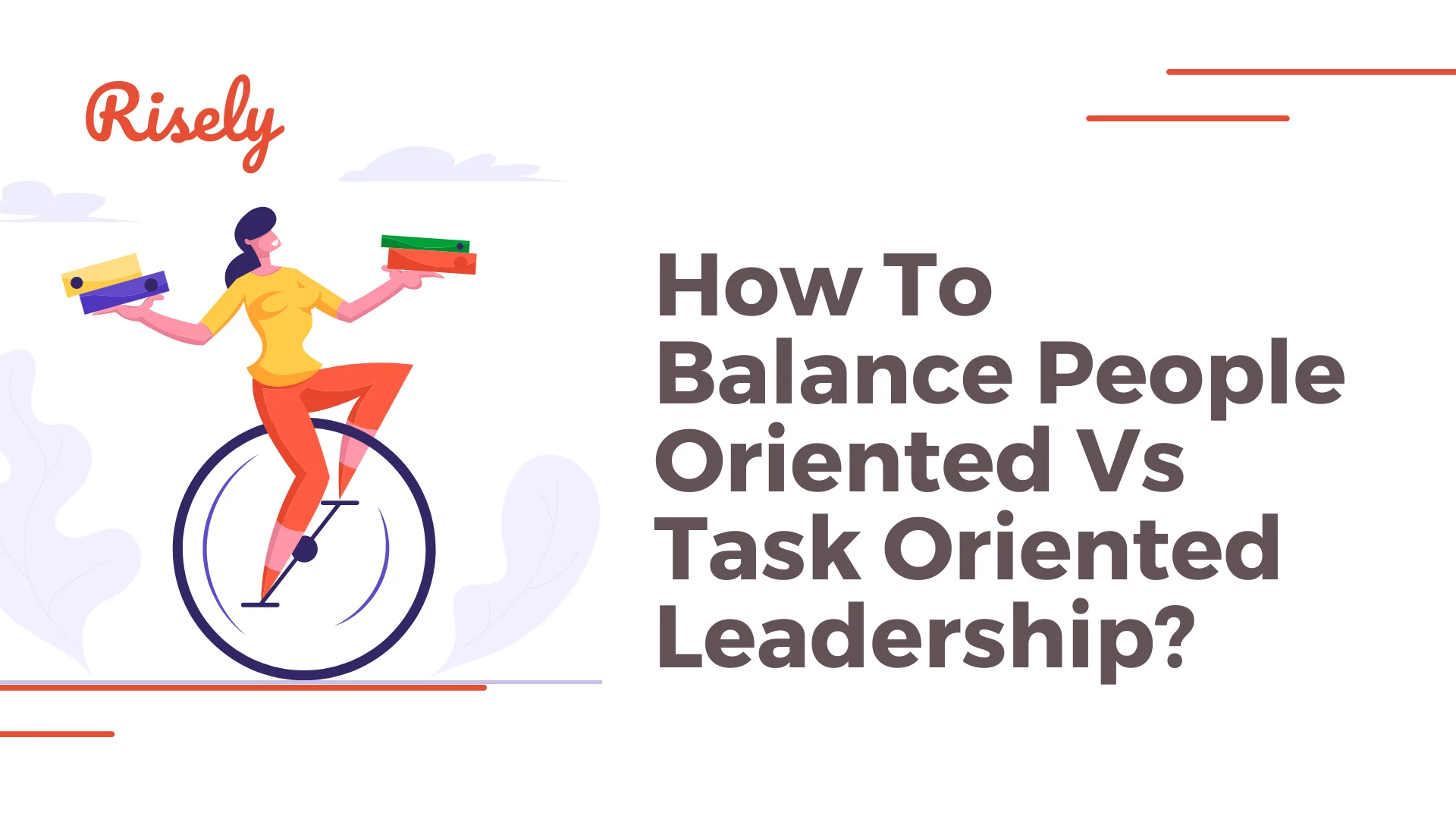The Top 5 Prioritization Techniques to Help you Become a Pro at Work!
Do you need help managing your workload and prioritizing tasks effectively? As we navigate the complexities of work, it’s essential to understand how to prioritize tasks. Prioritizing allows us to focus on what matters most, complete projects efficiently, meet deadlines, and reduce stress. In this blog post, we’ll dive into the top 5 prioritization techniques that will help you become a pro at work. From the popular Eisenhower Matrix to the lesser-known Kano Model, we’ll explore such simple prioritization techniques in-depth so you can decide which one works best for you. Additionally, we’ll provide tips on how to use these techniques effectively and transform your productivity levels. So get ready to take your prioritization game up a notch!What are Prioritization Techniques?
Prioritization techniques are important tools that individuals and teams can use to manage workloads more efficiently and effectively. They help individuals to focus on the most critical tasks and minimize time spent on unimportant ones by determining the order in which tasks, projects, or goals should be tackled based on their importance and urgency. They help individuals or teams allocate resources, time, and energy effectively by focusing on the most important and urgent tasks first.Benefits of Using Prioritization Techniques
There are several benefits to using prioritization techniques:- Improved Time Management: Prioritization techniques help individuals or teams manage their time more efficiently by focusing on the most important and urgent tasks first. By prioritizing their work, they can avoid wasting time on less important tasks and stay on track to meet their goals.
- Increased Productivity: Prioritization techniques can help individuals or teams increase their productivity by ensuring they focus on the most critical tasks first. This can help them achieve their goals faster and more efficiently.
- Better Decision Making: Prioritization techniques can help individuals or teams make better decisions by providing a framework for evaluating tasks or projects based on their importance and urgency. This can help them make more informed decisions about allocating their resources.
- Reduced Stress: Prioritization techniques can help reduce stress by providing a clear plan for what needs to be done and when. Individuals or teams can avoid feeling overwhelmed or stressed about their workload by focusing on the most important and urgent tasks.
- Improved Communication: Prioritization techniques can help improve communication within a team or organization by providing a common framework for evaluating tasks or projects. This can help ensure everyone is on the same page and working towards the same goals.
The Top 5 Prioritization Techniques
Prioritizing tasks is a critical skill that helps you become more efficient at work. Here are the top 5 prioritization techniques to help you manage your workload and complete tasks effectively. By mastering these prioritization techniques, you can ensure that you manage your time effectively and complete your work in an organized and productive manner.Timeboxing
Timeboxing is a technique that involves setting aside a specific amount of time for each task. Managers can use this technique to prioritize tasks by assigning a particular amount of time to each one based on its importance and urgency. By doing so, they can ensure that they are devoting enough time to the most critical tasks and avoiding spending too much time on less important tasks. Suppose a manager has many tasks to complete in a day. To ensure they are devoting enough time to each task, the manager could use timeboxing to assign a specific amount of time for each job. For example, they could allocate 30 minutes to check emails, 1 hour to attend meetings, etc. By doing so, the manager can ensure they are devoting enough time to each task and avoiding spending too much time on any task.ABC analysis
ABC analysis involves categorizing tasks as A (high priority), B (medium priority), or C (low priority) based on their importance and urgency. Managers can use this technique to prioritize tasks by assigning each task to one of the three categories. By doing so, they can ensure that they are focusing on the most critical tasks first and then moving on to less important tasks. Suppose a sales team is working on a list of potential customers to contact. The team could use ABC analysis to prioritize the list based on the importance and urgency of the potential customers. They could assign the highest priority (A) to customers with the most significant potential revenue, medium priority (B) to customers with moderate revenue potential, and low priority (C) to customers with low potential revenue.Pareto Analysis
The Pareto analysis is based on the Pareto principle, which states that 80% of the effects come from 20% of the causes. To use this technique in the prioritization context, managers can identify the top 20% of tasks responsible for 80% of the outcomes and prioritize them accordingly. By doing so, they can focus their resources on the most critical tasks and achieve better results. Suppose a marketing team is working on a new product campaign. The team could use Pareto analysis to identify the marketing channels responsible for 80% of the leads generated. They could then focus their resources on these channels to maximize their impact on the campaign.Value vs. Effort
One effective prioritization technique is the value vs. effort method, which involves assessing tasks based on their importance and the effort required to complete them. This technique allows you to prioritize tasks with a high value but requiring less effort, maximizing your productivity. For example, tasks with high value and high effort should be prioritized as they are crucial but may take longer. Conversely, low-value tasks that require minimal effort can be delegated or deferred. Using the value vs. effort approach, you can focus on completing important tasks efficiently and effectively while minimizing time spent on less critical items.Story Mapping
Another in the list of prioritization techniques is Story Mapping, a visual approach that helps you prioritize tasks based on their impact on the end goal. This technique involves creating a user story map that breaks down larger projects into smaller, more manageable tasks. Doing so lets you identify dependencies and prioritize tasks with the most value to the end user. Additionally, Story Mapping can help you identify gaps in your project plan, allowing you to adjust priorities accordingly. Finally, using this technique can improve collaboration with your team and increase productivity as it ensures everyone is working towards a shared goal. Overall, Story Mapping effectively organizes your work and stays focused on what matters most to your project’s success.Tips for Effective Prioritization
Here are five tips for effective prioritization:- Set Clear Goals: Before prioritizing your tasks or projects, it’s important to understand your goals clearly. What do you want to achieve? What are your priorities? Having a clear set of goals can help you focus your efforts and prioritize tasks that align with your goals.
- Evaluate Tasks Based on Impact: Evaluate tasks or projects based on their impact on your goals. Prioritize tasks that have a higher impact on achieving your goals.
- Consider Effort Required: Evaluate tasks or projects based on the required effort. Prioritize tasks that require less effort but still significantly impact your goals.
- Review and Adjust: Prioritization is not a one-time process. It’s important to review and adjust your priorities regularly based on changes in your goals, resources, or priorities. Be open to adjusting your priorities and focus on tasks to help you achieve your goals most efficiently.
- Focus on One Task at a Time: It can be tempting to multitask and work on multiple tasks simultaneously, but studies have shown that multitasking can reduce productivity and increase stress levels. Instead, focus on one task at a time and give it your full attention until it’s complete. This can help you complete tasks more efficiently and with higher quality, which can help you achieve your goals more effectively.
Conclusion
In conclusion, prioritization techniques are essential to managing your workload effectively and increasing productivity. You can become a pro at work by understanding the various available techniques and selecting the right one for each task. The prioritization techniques mentioned in the blog can be quite effective. However, it’s important to remember that every technique has strengths and weaknesses. Therefore, consider combining multiple techniques or creating your personalized method to ensure effective prioritization. With these tips and techniques, you can prioritize like a pro in no time!Assess the efficiency of your prioritization skills today to get ahead of challenges.
The prioritization self-assessment enables managers to overcome loopholes that lead them wrong.
Frequently Asked Questions
What are the three prioritization methods?
The ABC, the Eisenhower Matrix, and the MoSCoW method are the three main prioritization methods. The ABC method categorizes tasks as A (urgent), B (important), and C (nice to have). The Eisenhower Matrix divides tasks into four quadrants based on urgency and importance: urgent and important, important but not urgent, urgent but not important, and neither urgent nor important. Finally, the MoSCoW method categorizes tasks as Must Do, Should Do, Could Do, or Won’t Do.
What are the 4 levels of prioritizing tasks?
The four levels of prioritizing tasks are Urgent and Important, Important but not Urgent, Urgent but not Important, and Neither Urgent nor Important. It’s recommended to tackle Urgent and Important tasks first, followed by Important but not Urgent tasks. Delegating or delaying Urgent but not Important tasks can also help manage your workload. Tasks that are Neither Urgent nor Important can be eliminated or postponed indefinitely to focus on more pressing matters. Prioritizing your tasks in this way can help you stay organized and productive.
What is the ABC model of prioritization?
The ABC model of prioritization is a simple method for categorizing tasks. “A” stands for tasks that are urgent and important, “B” for tasks that are important but not urgent, and “C” for tasks that are neither urgent nor important. This model allows individuals to prioritize their work based on importance and urgency, helping them focus on completing the most critical tasks first. By using the ABC prioritization model, individuals can better manage their time and ensure they are tackling the most pressing issues first.
Other Related Blogs
How To Balance People Oriented Vs Task Oriented Leadership?
How To Balance People Oriented Vs Task Oriented Leadership? Finding the right balance between these two leadership styles is essential for creating a productive work environment and achieving short-term and…
Multitasking is killer, a killer of your effort
Multitasking is killer, a killer of your effort Are you reading this in your early morning round-up of news? Or while driving? Or worse, amid a conversation with someone? It…
5 Frameworks to Master Prioritization Skills
5 Frameworks to Master Prioritization Skills Ever feel like your to-do list has morphed into a never-ending monster, overflowing with tasks and projects all vying for your attention? You’re not…
6 Tips to Manage Multitasking Skills at Work: Examples and Essential Skills
6 Tips to Manage Multitasking Skills at Work: Examples and Essential Skills As a manager, it’s important to be able to juggle multiple tasks simultaneously. Good multitasking skills can help…


